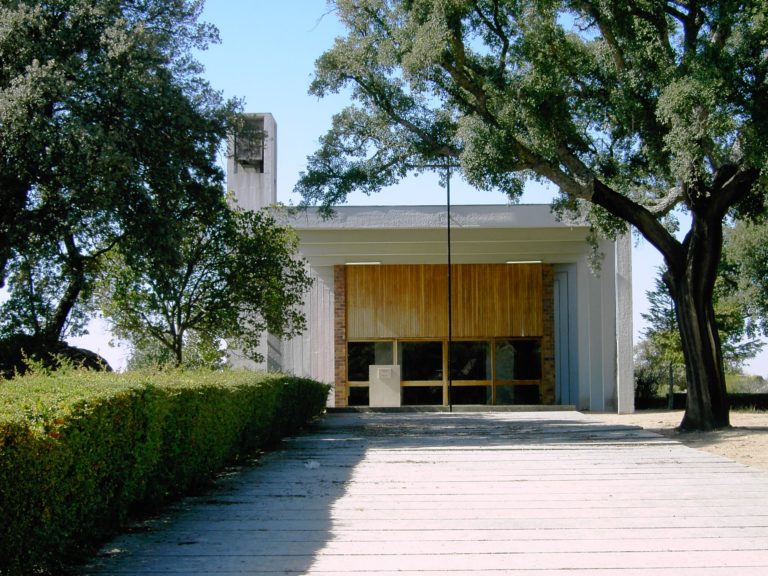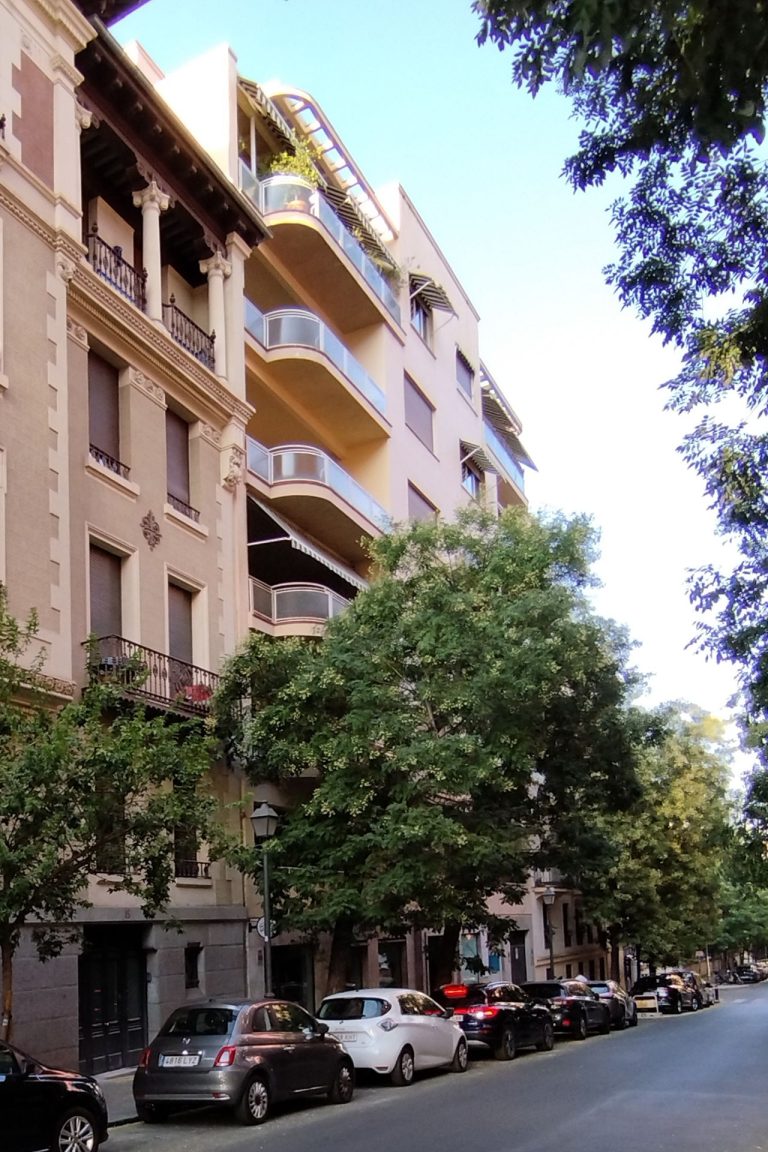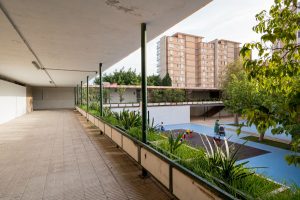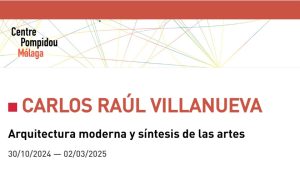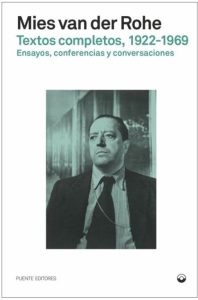Abstract
Latin American modern architecture experienced, since mid-1950s, a period of ephemeral splendour that would last until mid-1960s. The end of the Second World War was responsible for setting up a new theoretical horizon and, in that fashion, promoting the gradual replacement of the classical model for the new principies of modernity. Born in 1910, Garcia Pardo, who had reached his professional maturity in 1953 (43 years of age), would became throughout the 1950s, one of the pioneers and most important names in the Modernist Architecture within Uruguay. García Pardo graduated from the Architecture School of the Universidad de la República (Montevideo – Uruguay) in early 1941. During his formation years, he would blend the elements of a traditional education with the then emerging values of modernity. This research was conducted through the analyses of a series of projects that were developed between 1953 and 1963. Garcia Pardo performed his professional activities throughout the 1940s by means of the alternation between the new principies of modernity and the then popular Art Deco. Along the 1950s, García Pardo’s work progressively acquires abstract strokes. lt was not until 1953, when assuming a contract for a new building, that he finally assumes the values of modernity. Since then, the work of García Pardo would be based on meeting two features: the practicality of modernity and uniqueness of the conditions that the architect faces. The period under review consists of a decade that begins with the construction of the Gilpe building (Montevideo, 1953) and ends with the construction of lporá Building (Montevideo, 1963). lndeed, the latter was the last residential building built by García Pardo in the city of Montevideo. With the advent of the economic crisis in the final years of the 1960s and his subsequent move to Brazil, García Pardo modifies his design parameters to internalise new trends that then emerged on the international scene. Therefore this project was developed through the analysis of specific projects, which, besides its identification with universal values, show particularities as a result of the circumstances in which they firstly emerged. This project presupposes the occurrence of a synthesis, presenting relations both to its physical conditions and to a general program, thus indicating a specific logic for each case. Modern architecture hardly ever presented a layout that clearly allows to establish the project plan. Since the program by itself is unable to determine the proposal, it is the project that defines the solution. In other words, architectural projects do not adjust to a scheme that, following an objective identification of the need, allows to elaborate a rational solution. lt is the project that discloses the nature of the problem while it leads to a previously unexisting situation. Technic and program influence, but do not set, the standards of the project.The project establishes the scope, revealing conditions and proposals that could not be foreseen by the function or the technic. The projects were approached considering the circumstantial situation on the city at the moment they were created, the shape of the lot, the regulatory framework and the program. This work intends to revea! the most relevant aspects of the architect activity as a designer by rebuilding, when the available material allows, the steps that led to the final outcome. This was achieved by comparing the plans and previous versions with the pictures of the constructed buildings. The research shows that García Pardo’s works have to do with both the particularities of the lot and the project definition. By taking into account aspects of the site, they set a new direction in the context. lndependently of what is stated by the program, the projects develop a singularity while proposing a solution.
Access the thesis


